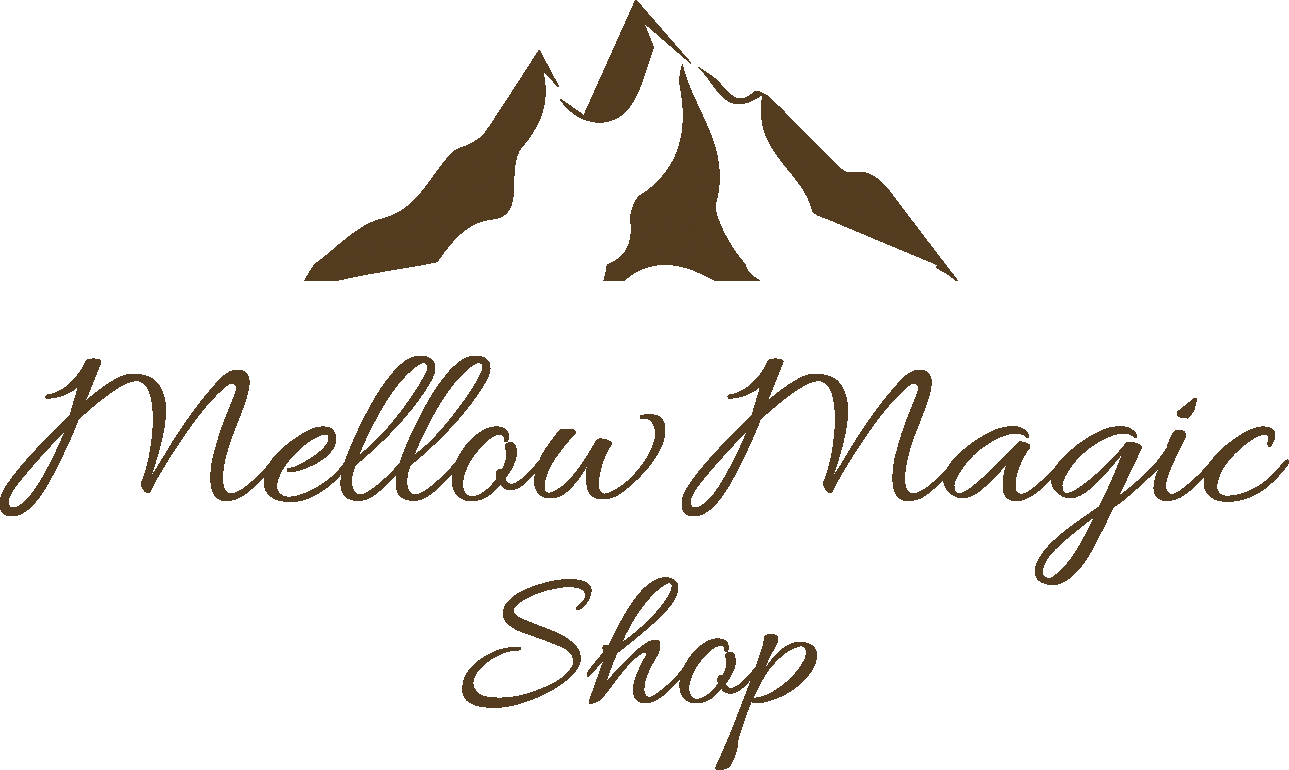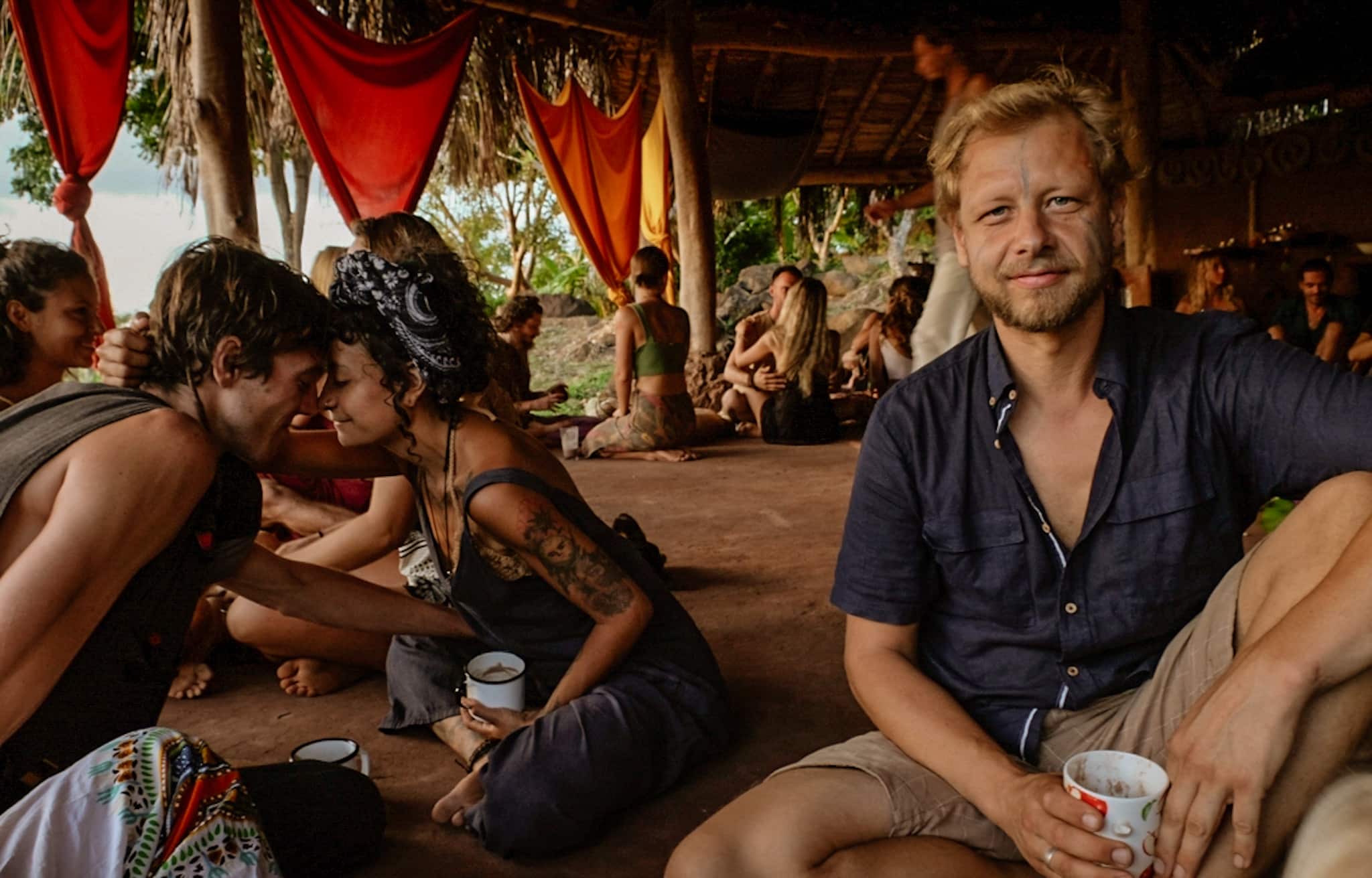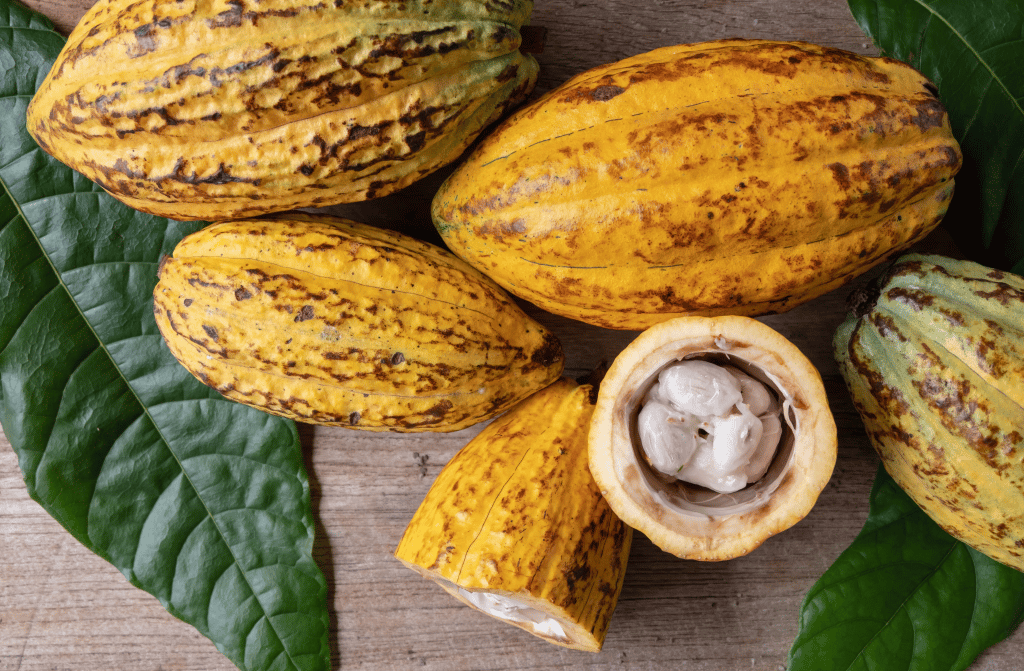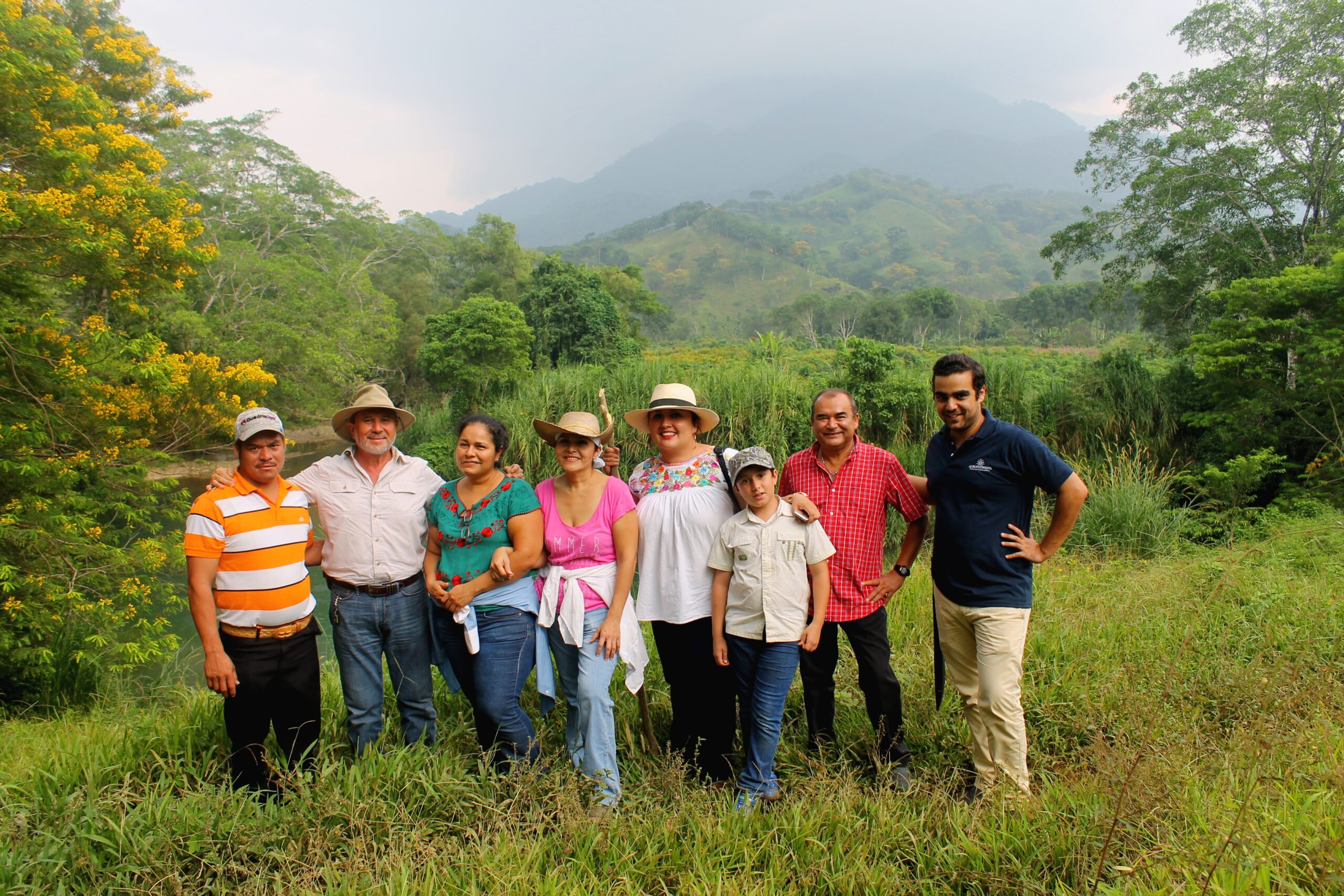Kakao ist ein ganz besonderes Genussmittel und geschmacklich etwa so vielfältig nuanciert wie Wein. Seine Herkunft und Anbaumethode hat einen enormen Einfluss auf die Qualität des Kakaos und seinen Geschmack. Ich nehme dich mit in die tropische Heimat des Kakao. Erfahre, woher Kakao kommt, wie verantwortungsbewusster Kakaoanbau aussieht und worauf du beim Kauf von Kakao unbedingt achten solltest.
So funktioniert Kakaoanbau - komm mit auf eine Kakaoplantage!
Der Kakaobaum ist sehr wählerisch was seinen Standort angeht. Er gedeiht nur unter sehr besonderen klimatischen Bedingungen. Als Schattenpflanze fühlt er sich im feuchten, warmen Klima des tropischen Regenwaldes besonders wohl und liebt es, in der unteren Baumschicht im Schatten von anderen Pflanzen und Bäumen zu wachsen. Obwohl der Großteil des Kakaoanbaus heutzutage in Westafrika und Indonesien stattfindet, stammt Kakao ursprünglich aus Lateinamerika. here you will learn more about its origin and what makes high-quality cocoa.
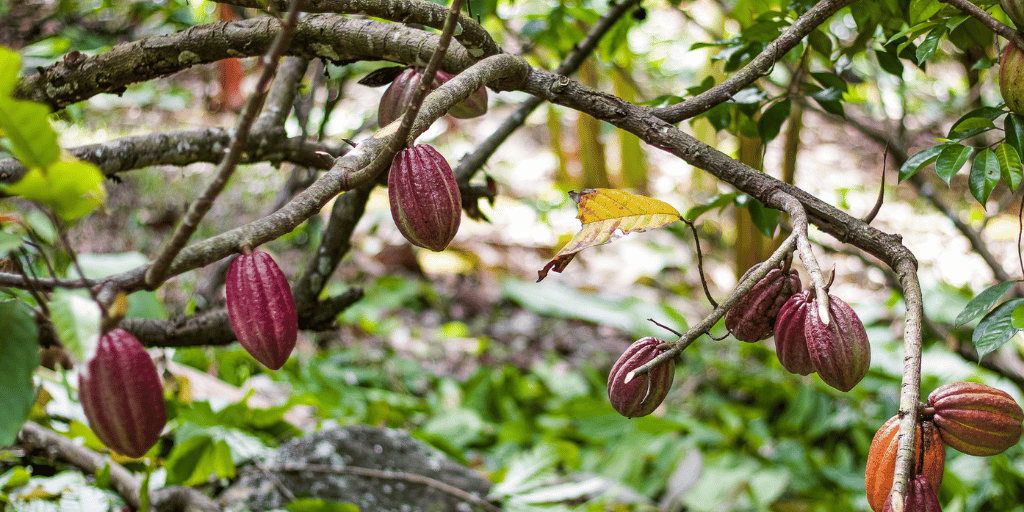
What cultivation methods are there for cocoa?
Der Anbau von Kakao unterscheidet sich stark, je nach Standort/ Lage und Besitzverhältnissen. Im Allgemeinen unterscheiden wir zwischen konventionellem und biologischem Anbau. Die Kakaoernteerträge können dabei je nach Anbaumethode sehr unterschiedlich ausfallen.
Der Kakaoertrag pro Hektar hängt aber generell nicht nur von der Anbaumethode ab, sondern auch von weiteren Faktoren: Das Wetter, die Kakaosorte, die Größe der Anbaufläche, das Alter der Bäume, die Bodenbeschaffenheit u.v.m. beeinflussen den Ertrag.
Ich möchte dir im Folgenden 3 mögliche Anbaumethoden genauer vorstellen.
cultivation in monoculture
Beim Kakaoanbau in Monokulturen werden ausschließlich Kakaobäume angepflanzt. Dabei stehen die Bäume eng auf riesigen Plantagen, die bis zu 430 ha groß sein können. Durch die große Nähe der Bäume zueinander und den fehlenden Ausgleich durch andere Pflanzen, breiten sich Schädlinge und Krankheiten schneller und leichter aus – der Einsatz von Pestiziden ist notwendig. Solche Großplantagen findet man hauptsächlich in Indonesien und Malaysia. Aber auch in Trinidad, Ecuador und Brasilien erfolgt Kakaoanbau in Monokulturen.
Pestizide schaden den Böden
Darüber hinaus werden bei dem Anbau in Monokulturen die Böden sehr stark einseitig belastet, was eine starke Düngung notwendig macht. Die Chemikalien, die auf den Plantagen verwendet werden, gelangen in die Böden und das Grundwasser. Dies wirkt sich auf die Umwelt und Gesundheit der Menschen und Tiere vor Ort aus.
Dieser Anbau ist zudem sehr wasserintensiv. Die fehlenden Schattenbäume werden durch Netze ersetzt. Das erschwert den Zugang für Tiere zusätzlich, was weniger Artenvielfalt auf den Plantagen zur Folge hat. Nach ca. 25 Jahren werden alte Bäume durch junge Bäume ersetzt, um einen kontinuierlich hohen Ertrag zu gewährleisten. Der Kakaoertrag in diesen Anbauformen ist sehr hoch (bis zu 3.000 kg/ha) und anders, als bei anderen Anbaumethoden, werden durch manuelle Bestäubung die höchsten Ernteerträge erzielt.
Der Anbau in Monokulturen wirkt sich ebenso auf den Geschmack des Kakao aus. Die Bäume stehen unter großem Stress, schon allein, weil sie so eng gepflanzt werden. Der Kakao schmeckt als Folge oft bitter und sauer.
Cultivation in a simple mixed culture under shade plants
Wird der Kakao in einer Mischkultur angebaut, darf er sich mehr Platz mit einer anderen Schattenpflanzenart teilen. Das reduziert den Stress der Kakaopflanze und sie sind weniger anfällig für Schädlinge und Krankheiten. Als Schattenpflanze wählen die Kleinbauern oft eine andere Nutzpflanze, wie Bananenstauden. Diese stickstoffbindenden Baumarten bringen den Bauern zusätzliche Erträge oder Nahrungsmittel zum Eigenbedarf ein. Hier wird biologischer Kakaoanbau möglich, denn der Anbau mit Schattenpflanzen funktioniert ohne den Einsatz von Pestiziden. Bei dieser Anbaumethode können nur niedrige bis mittlere Kakaoerträge erreicht werden (etwa 200-1.000kg/ha).
Cultivation in agroforestry systems - a hope for the rainforest
Beim Anbau in naturnahen Agroforstsystemen, wie bei our Tabasqueño cocoa, wird Kakao zusammen mit einer Vielzahl verschiedener Schattenbäumen angebaut. Bananenstauden und andere Nutzpflanzen werden gemeinsam angebaut – darunter Vanille, Piment und Zimt.
Die dadurch geschaffene Strukturvielfalt simuliert einen natürlichen Regenwald und bietet Lebensräume für heimische Tier- und Pflanzenarten. Durch die Vegetation ist der Boden besser vor Erosion geschützt und die zuvor ausgelaugten Böden können wieder eine erhöhte Bodenfruchtbarkeit erlangen.
Die größeren Abstände zwischen den Kakaobäumen vermindern das Risiko einer Ausbreitung von Krankheiten und Schädlingen. Der Anbau erfolgt nach ökologischen Kriterien und ohne Einsatz von Pestiziden und Dünger. Die Kakaoerträge je Hektar sind bei dieser Anbaumethode sehr gering. Für die Kakabauern und lokalen Farmer ist es dennoch attraktiv, da der Anbau unterschiedlicher Nahrungs- und Nutzpflanzen, wie Gewürze, Medizinpflanzen etc., eine nachhaltige Einnahme- und Nahrungsquelle für die Bevölkerung darstellt. Zudem kann der Kakao mit der Bio-Zertifizierung zu höheren Preisen verkauft werden.
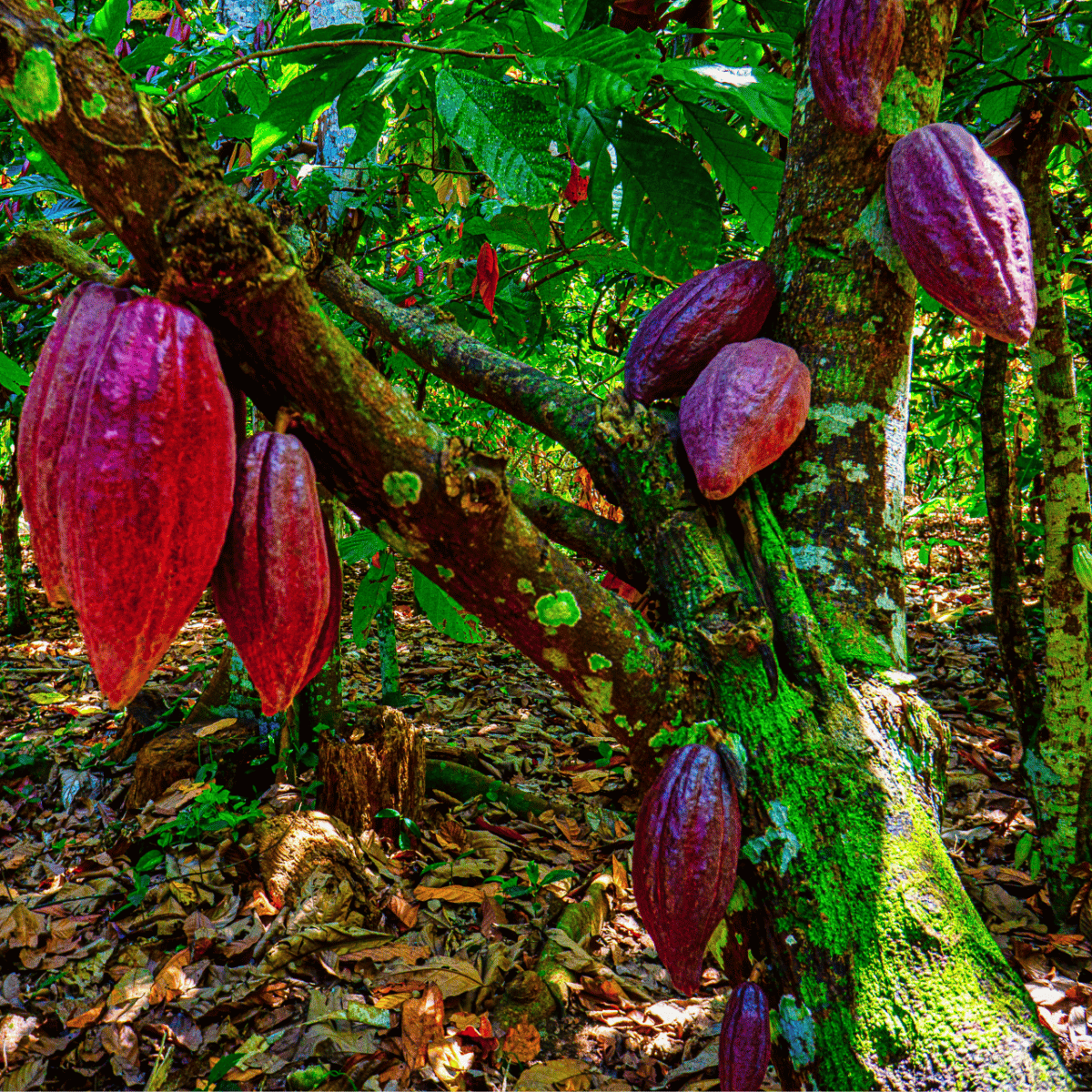
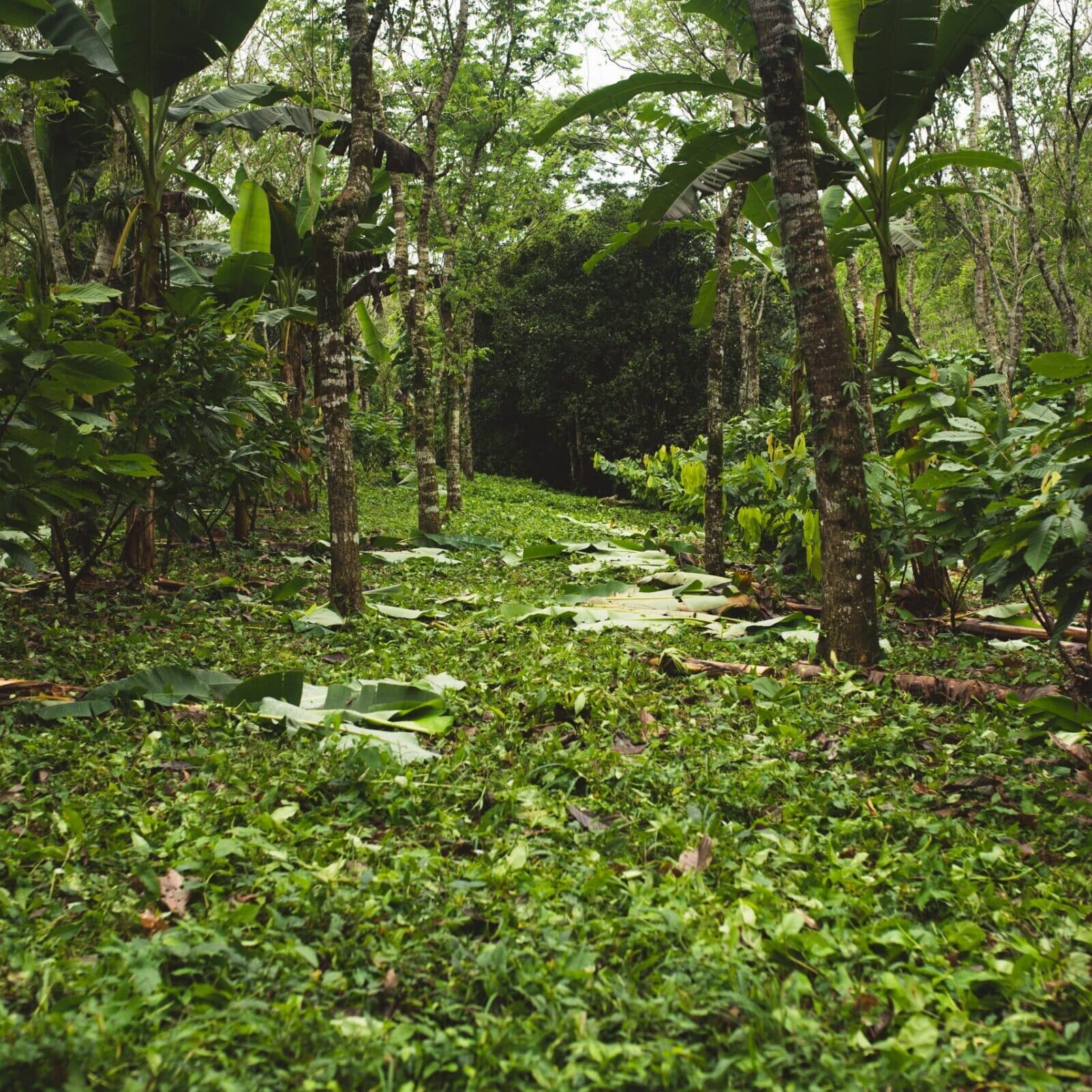
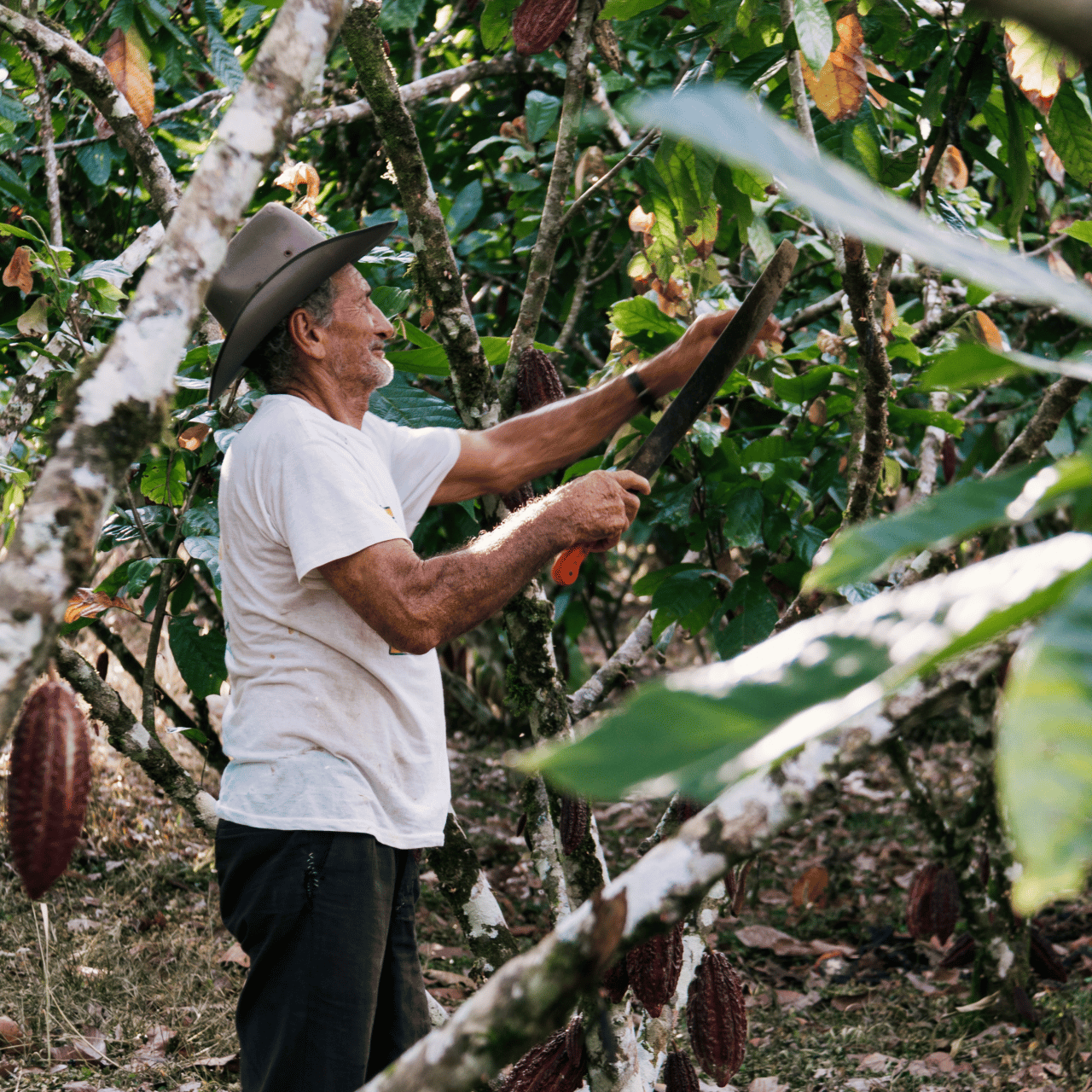
Environmental protection and reforestation through cocoa cultivation
Follow us to the Mexican state of Tabasquo, the cradle of cocoa, and learn our cocoa project Selva Zoque kennen. Hier fördert das Agroforstunternehmen Agrofloresta Mesoamericana gemeinsam mit Original Beans den Anbau von Bio-Kakao in naturnahen Agroforstsystemen.
Ehemals ausgelaugtes Farmland wurde dort in den letzten 6 Jahren zu einem 40ha großen Misch-Regenwald umgewandelt. Die Kleinbauernfamilien der indigenen Zoque und Tzotzil Stämmen erlernen naturnahe Anbaumethoden. Außerdem wird der Kakao zu fairen Preisen abgenommen. Auf diese Weise findet direkter, fairer Handel, Umweltschutz und Förderung der Artenvielfalt gleichermaßen statt. Ziel des Selva Zoque – Projektes ist es:
- den Familien vor Ort Ernährungssicherheit zu geben
- Einkommensalternativen zu schaffen und
- die Kleinbauern zu motivieren, durch erlerntes Wissen keinen weiteren Raubbau an den Regenwäldern zu betreiben.
Realisiert wird das durch den Mischanbau vielfältiger Nutzpflanzen mit Kakao als Schattenspender sowie verschiedenen Fruchtbäumen. Dadurch entstehen in den Nutzflächen wieder Lebensräume für heimische Tier- und Pflanzenarten. Gleichzeitig wird die Widerstandsfähigkeit gegenüber Klimaveränderungen, Schädlingsbefall und Pflanzenkrankheiten erhöht.
Learn more about that Project Selva Zoque and support it with your donation.
Does cocoa farming harm the rainforest?
Cocoa cultivation in intensive forms such as monocultures has strong negative consequences for the environment:
Durch die Abholzung des natürlichen Regenwaldes verlieren wir lebenswichtige Bäume. Bäume, die Sauerstoff bilden, CO2 binden und ein Zuhause für vielerlei Arten sind. Durch die Abholzung für Anbauflächen gehen wichtige Lebensräume vieler Arten verloren und die Artenvielfalt wird enorm reduziert.
Monokultur hinterlässt Spuren
Der intensive Kakaoanbau hat auch negative Folgen für den Boden. Durch die sehr einseitige Belastung laugt der Boden extrem aus, da nur bestimmte Nährstoffe genutzt werden. Aus diesem Grund ist eine extensive Düngung des Bodens notwendig. Andernfalls wird die Plantage nach kurzer Zeit aufgegeben.
Im konventionellen Anbau halten die Famer den Bodengrund frei von „Unkraut“ und Sträuchern. Dadurch wird die ohnehin sehr dünne Humusschicht der Regenwaldböden weggeschwemmt und die Großplantagen verlieren die letzten verbleibenden Nährstoffe. Wind und Wasser lassen den Boden in Folge weiter erodieren, sodass er kontinuierlich gedüngt werden muss, um den Kakaobäumen genügend Nährstoffe zuzuführen. Ein Teufelskreislauf.
Schädlinge und Pflanzenkrankheiten bei Monokultur
Außerdem breiten sich in einer Monokultur Schädlinge und Pflanzenkrankheiten sehr viel schneller aus, weshalb Farmer mit Pestiziden dagegen vorgehen. Diese unterschieden jedoch meist nicht zwischen Schädlingen und Nützlingen. Auch wichtige Bestäuber wie Bienen, sterben an den Folgen des Pestizideinsatzes und verschwinden aus dem Ökosystem. Eine künstliche Bestäubung der Kakaoblüten wird in Folge unumgänglich.
Die intensive Düngung und der Einsatz von Pestiziden und Pflanzenschutzmitteln beeinträchtigt die Qualität des Wassers und Grundwassers und hat somit Auswirkungen auf die Gesundheit der Plantagenarbeiter*innen. Diese arbeiten meist ohne die notwendige Schutzbekleidung. Vergiftungen, Allergien, Reizungen der Haut und der Atemwege sind nur einige der Folgen, die meistens langfristig und irreversibel sind.

Overview - the cacao tree
Finally, the cocoa tree introduces itself to you with a short profile.
Latin name
Theobroma cacao
origin
Already around 1500 BC. the Olmec living in Central America used the cacao fruit and passed on their knowledge to the Maya. The Maya were the first to plant cacao purposefully around 600BC and even use the cacao beans as currency. With the conquest of America by the Spaniards in the 16th century AD, cocoa came to Europe as “black gold”. Up until the 18th century, however, the enjoyment of cocoa products was reserved for the wealthy. From the middle of the 19th century, a real boom in the chocolate industry began.
distribution
Originally, the cocoa tree was distributed from the Amazon basin to Central America. Today, cocoa is grown anywhere in the tropics where the demanding growing conditions are met. The highest production volumes come from Ivory Coast and Ghana.
The fruit
The leathery-woody cocoa pods are 10-35 cm long and weigh 200-1000 g. They are green when immature. Depending on the variety, they can turn yellow to reddish-brown when ripe. It takes about 6 months for the blossom to develop into a ripe cocoa fruit.
The beans
These lie in five rows in a whitish, sweet and sour flesh called the pulp. Up to 60 beans can grow in a cocoa pod. Each bean is about 2-3 cm long and 1 cm wide.
yield
On average 300 kg per hectare per year. In intensive plantations even up to 3 tons.
